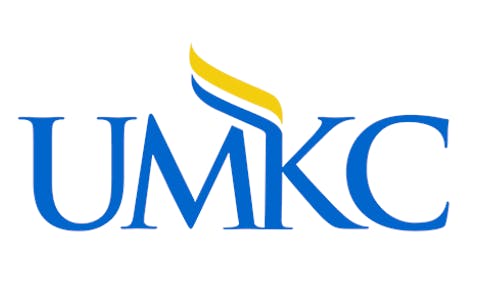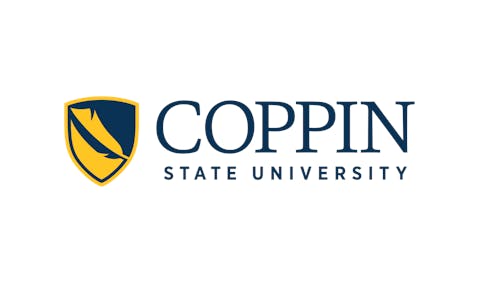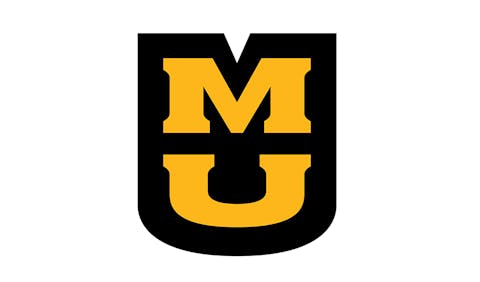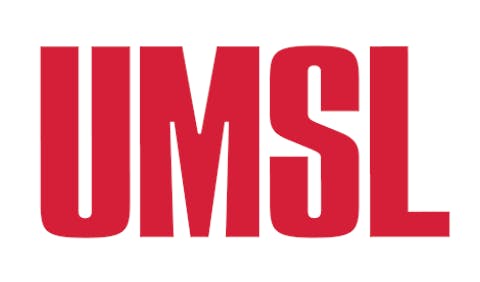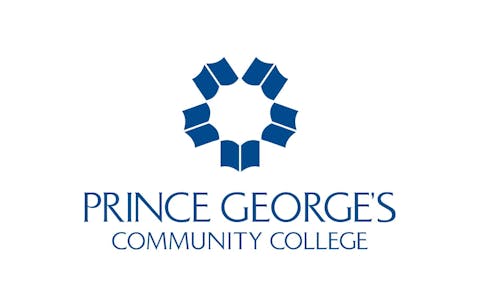Paris
Philippe Jollant, fed up with yet another boring lecture,
stood up in his poetry class at the Sorbonne, swung his brown cloth bag
over his shoulder and stalked out to a sunny cafe in this city’s Latin
Quarter.
“The Sorbonne is like an old chateau, a bit sclerotic,” complained
Jollant, a twenty-six-year-old modern literature student who’s had
enough of stuffy professors pushing the classics inside dull-green
classrooms without any high-tech study aids.
Even prestigious universities like the Sorbonne, deeply entrenched
in centuries-old academic traditions, may have to get with the times
and respond to students like Jollant. A new report on higher education
in the industrialized world predicts that colleges and universities
will have to make sweeping changes in curricula as the ranks of
students swell.
Education, once the domain of a privileged few, is democratizing
rapidly, says the report from the Organization for Economic Cooperation
and Development, the official think tank for a tiny clique of
upper-crust nations.
The ten-nation report praises some U.S. schools — including
colleges and universities in Virginia, as models in adapting to rapid
changes. But it says other countries need to rethink postsecondary
education to keep Up with advancing technology, accommodate students
and fight unemployment with a better-skilled workforce.
Authors of the development organization’s study struggled with the
question of who should pick up the tab for the changes that the report
recommends. Governments are strapped for cash, business involvement has
its limits and, in European countries especially, boosting tuition has
triggered student unrest.
“Europe is in a real dilemma here,” Malcolm Skilbeck, the study s
chief author and a former university administrator from Australia, said
in an interview. He cited the accepted European tenet that “students
should have access to knowledge free of charge.”
Among the study’s proposals are deferred payments, loans and
work-study programs — measures Europe has yet to widely adopt. But the
report, which still needs to be blessed by the development
organization’s education committee before its scheduled release this
fall, could put more pressure on countries to act.
Growing Numbers and Higher Expectations
Once a “distant goal for a small minority,” higher education could
soon reach 80 percent or more of the population, says the study. which
examined several European countries, the United States, Australia, New
Zealand and Japan. In some countries, the deluge already has arrived
and it is sure to get worse before it gets better as colleges and
universities schools scramble to keep pace.
The study predicts “ever higher levels of students at all ages” who
will be seeking additional education to adjust to evolving job markets.
From 1985 through 1994, enrollment among eighteen- to
twenty-one-year-olds jumped from 25 percent to 40 percent in Canada and
from 19 percent to 33 percent in France, the study says. In the United
States, enrollment of twenty-six- to twenty-nine-year-olds rose from 8
percent to nearly 10 percent.
Among the trends are an expansion in off-campus distance education
via television or computer, work experience studies, and specialized
technical schools that serve regional business needs. The study notes
criticism by students and teachers “of policies that suggest
institutions are behaving too much like commercial enterprises.”
The report also noted that colleges and universities have begun
looking at “the student as the consumer” who “wants marketable skills
and expects to acquire them with a minimum of effort, cost and time.”
At more traditional schools, growing demand combined with
constrained budgets has resulted in overcrowding and “unevenness in the
quality of teaching and learning,” the study says. Without naming
names, the report says researchers found “excessive reliance in
teaching on impersonal lecturing and insufficient interaction with
teachers.”
The study praises schools in Denmark, Sweden and New Zealand. It
also singled out community colleges, or “career schools,” in Virginia,
where, the study says, students “spoke very highly of the skills and
attitudes of their teachers and of the care taken to produce highly
motivating learning-centered environments.”
“Adapting to the Needs of the Economy”
An emerging trend in the United States and other countries that are
members of the development organization is a two-year degree from a
community college or similar institution, then specialization at a
trade school.
It’s a matter of “adapting to the needs of the economy,” said
Charles Lenth, director of policy studies at the Education Commission
of the States, a Denver-based think tank. “That implies the need to
rethink what degrees look like, whether everyone needs a four-year
degree.”
The study cites the need for increased financing to build new
campuses equipped with computers and other high-tech equipment. But it
says simply raising student fees is not the answer.
“Proposals for fees have provoked strong reactions in France. Germany and the United Kingdom,” it notes.
According to the study, overall spending on higher education
amounts to 2.6 percent of economic output in the United States and only
1.1 percent in France and Germany. That’s in part because private
payments, including tuition and fees, total 1.2 percent of the U.S.
economy and only 0.2 percent in France and Germany.
Jollant, the Sorbonne student, said his architect father earns too
much for him to get financial aid. But his tuition is very low anyway
— only 557 francs (about 5100) a year.
At twenty-six, Jollant is a typical case of a student who faces
little pressure to look for work right away, so he stays in school to
avoid France’s job-short economy. Nearly 13 percent of the workforce
here is idle.
“I want to go abroad,” Jollant said, but he added that he didn’t know just what he would do.
For the moment, he puts up with his classes but complains about the
course content. His main gripe? “There’s almost never anything on the
second half of the twentieth century.”
Who Will Pay?
French officials say they are afraid to raise tuition for fear of
riling students, who have repeatedly taken to the streets over proposed
education reform.
Virtually free education in Europe contrasts sharply with the
situation in the United States, where even state schools can be costly.
The University of California. for instance, charges out-of-state
students $12,000 a year.
But even American educators are constrained in boosting fees. In
New York, an effort to raise the state university’s annual tuition by
$400 to a total of $3,800 has drawn fierce opposition.
France’s government has not kept up with college capacity, and students complain of overcrowding and ill-equipped classrooms.
“Education has exploded in the last ten years,” said Michele
Gendreau-Massaloux, superintendent of the Paris university system. “We
saw a near-doubling of the student population.”
In the United States, President Clinton declared in February that
at least two years of college would be “as universal in America by the
twenty-first century as high school education is today.” But how
realistic that is is open to debate, what with members of Congress
lining up in opposition to his tuition- and tax-credit plan.
Additionally, federal and state governments face strong public pressure to hold down spending.
But Skilbeck, the development organization’s researcher, warns that
failing to widen educational opportunity will not only aggravate
unemployment but cause “an emerging dimension of inequality in our
societies. Many people will feel they didn’t get a fair chance.”
COPYRIGHT 1997 Cox, Matthews & Associates
© Copyright 2005 by DiverseEducation.com


![Mentor Mentee [60287]](https://img.diverseeducation.com/files/base/diverse/all/image/2024/04/Mentor_mentee__60287_.662959db8fddb.png?auto=format%2Ccompress&fit=crop&h=100&q=70&w=100)









